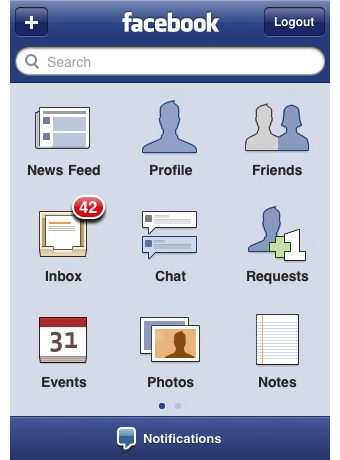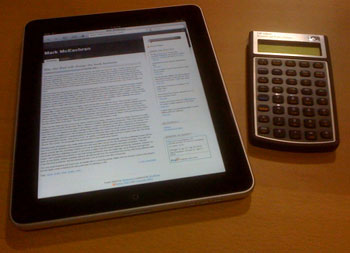
Tim Berners-Lee, Creator of the World Wide Web.Photo Attribution: http://www.flickr.com/photos/captsolo/ / CC BY-SA 2.0
Do we really need to keep calling them web pages? What started out as an open document format for the exchange of data between researchers has quickly evolved into a new application platform where most of the computing happens in the cloud instead of on your desktop computer. The WorldWideWeb was created in 1990 by Tim Berners-Lee while he was working at CERN. His objective at the time was to enable his scientific colleagues to exchange research information electronically in a commonly consumable format. The Web allowed researchers to link their documents to one another via a hyperlink. This acted as an active cross-reference within the document itself. No longer would a person reading a paper by one researcher need to dig up another paper referenced in the document, they could just click on the link and go straight to it.
For a couple years the Web developed quietly. Pages were small and purposeful; browsers were few and eventually dominated by Mosaic. But in 1993 Netscape Navigator showed up at the party with some seed money and a business plan. It would take a year or two to unseat Mosaic, but eventually it enjoyed the widest user base on the Internet. The party, for Navigator, lasted until 1997. By that time the average web page size was about 44 Kilobytes according to a survey conducted at Georgia Tech. Netscape introduced an on-the-fly load style during its reign, which rendered the page as elements were downloaded as opposed to waiting until it was completely downloaded. This would allow a user to read the text of the page while the graphics were loading, a major breakthrough for the mostly dial-up user base. Read more



 In my last post I mentioned how some people with a narrow view of the Internet couldn’t verbally distinguish it from an email message. Obviously that’s a very small subset of folks, but it brings up an interesting phenomena. The Internet has a few primary use cases for a majority of the man-hours that are spent online and, while the percentage of time in each use case has changed, the cases themselves have largely remained the same since the 90s, maybe even the 80s! Of these cases, many of them are coalescing at Facebook’s doorstep.
In my last post I mentioned how some people with a narrow view of the Internet couldn’t verbally distinguish it from an email message. Obviously that’s a very small subset of folks, but it brings up an interesting phenomena. The Internet has a few primary use cases for a majority of the man-hours that are spent online and, while the percentage of time in each use case has changed, the cases themselves have largely remained the same since the 90s, maybe even the 80s! Of these cases, many of them are coalescing at Facebook’s doorstep. Closed systems like this have several benefits. Software can be vetted by experts before it gets into the market: blocking confusing functionality, managing the user’s exposure to risk, protecting the devices from viruses and ensuring a high quality application pool. No one really complained too loudly about Apple’s closed systems when it comes to hardware accessories. But there you see other benefits more clearly like device compatibility, quality control and even price in some cases.
Closed systems like this have several benefits. Software can be vetted by experts before it gets into the market: blocking confusing functionality, managing the user’s exposure to risk, protecting the devices from viruses and ensuring a high quality application pool. No one really complained too loudly about Apple’s closed systems when it comes to hardware accessories. But there you see other benefits more clearly like device compatibility, quality control and even price in some cases. The launch of the
The launch of the 
